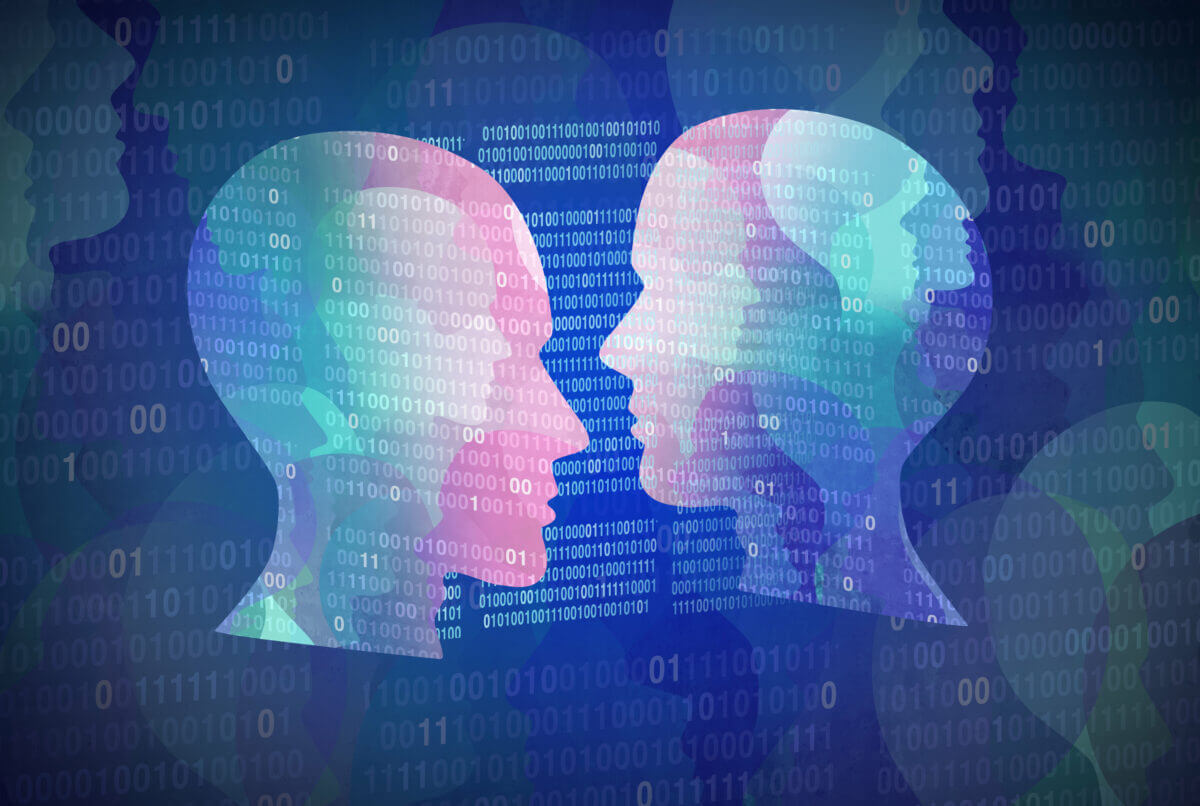
Is Deepfake too problematic for AI to handle?
Technological development offers humanity gadgets that simplify the everyday life of millions of people. Every single day the technology becomes more and more sophisticated. It easily adapts to the active rhythm of everyday life. However, technology as good as it is can be easily manipulated and used for other mischievous purposes.
The word “deepfake” derives from the combination of two words, “deep learning” and “fake.” It is based on the ability of Artificial Intelligence to synthesize any existing image onto any given source image or video. This machine learning technique is called generative adversarial network, and it can be used to create fake news and malicious hoaxes.

Social media plays a huge part in spreading everyday information to the masses. Media manipulation is not a new trend and has always been present. However, nowadays, it is becoming easier to exploit any material, to the extent that it is unrecognizable. In a way, Artificial Intelligence could make things worse by concentrating more data and power in the hands of private corporations.
While the technology for creating digital versions of real people is not yet perfect, it is quite good. The software to create this kind of digital deceits does not require Hollywood level production and it is quite available.
Are Deepfakes regulated?
The availability of deepfakes creates new problems that are unlikely to be fixed by technology alone. Media and truth have never been on stable, friendly terms. Misrepresentation and selective broadcasting are Social Media’s favorite approaches to massive disinformation.

Today, deepfakes have taken manipulation even further by allowing people to manipulate videos and images using machine learning, with results that are almost impossible to detect with the human eye.
To combat this issue, Facebook announced that it was releasing a dataset to allow people to test out new models programmed to detect deepfakes. There are also Startups like TruePic. That uses Artificial Intelligence and blockchain technology to detect manipulated photos.
On the governmental level, recently, the US Defense Advanced Research Projects Agency (DARPA) invested in Media Forensics. The system looks at differences in video pixels to detects any kind of manipulation.
Is there any need for Deepfake Regulation?
In a very menacing way, deepfakes pose a challenge for privacy and national security — the main problem with deepfakes is not data collecting but the regulation. There is no regulation on the internet when it comes to information collection. However, this is very important; if deepfake laws ever exist, they will defiantly need to account for freedom of speech.

Political parodies and satirical commentaries usually use fake videos to highlight their ironic point of view. They also help anonymizing people who need identity protection.
There is a fine line between regulation and restriction. Deepfakes cannot be solved just through the courts, and some kind of legal intervention is inevitable. However, governmental restrictions on public information can cause a serious riot. The technology of Deepfakes is not going to disappear. It will develop. Thus, this will need some technical and governmental solution based on compromise.
-
Support
-
Platform
-
Spread
-
Trading Instrument




